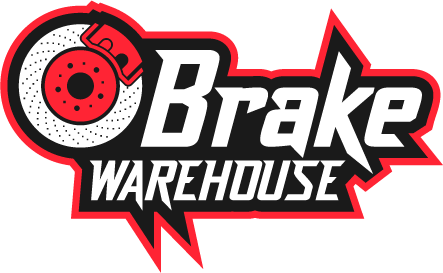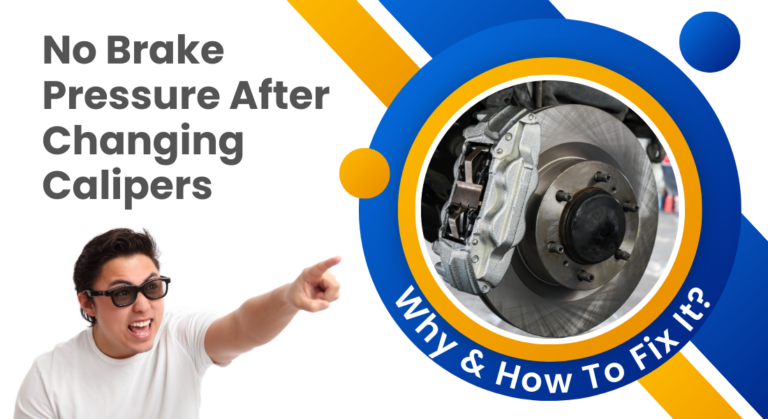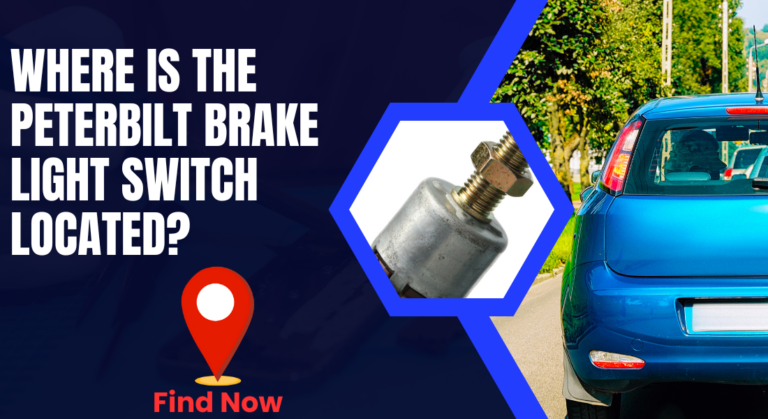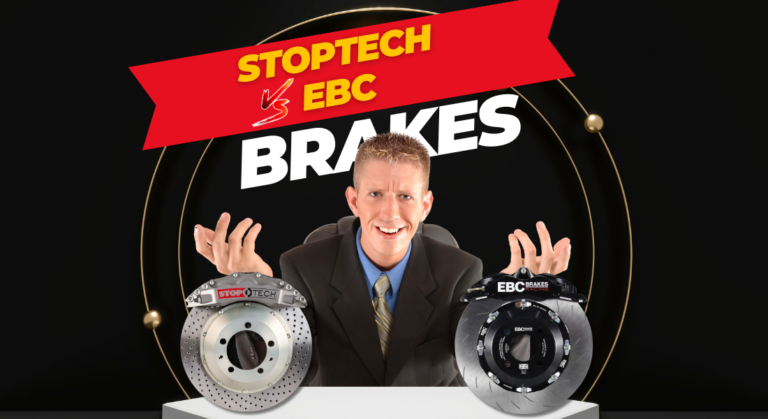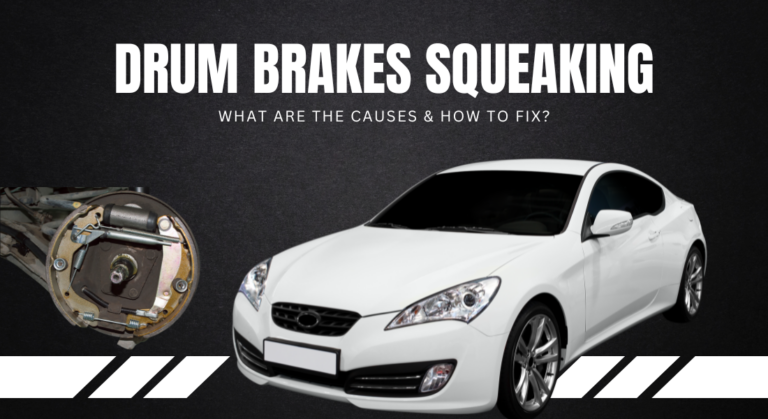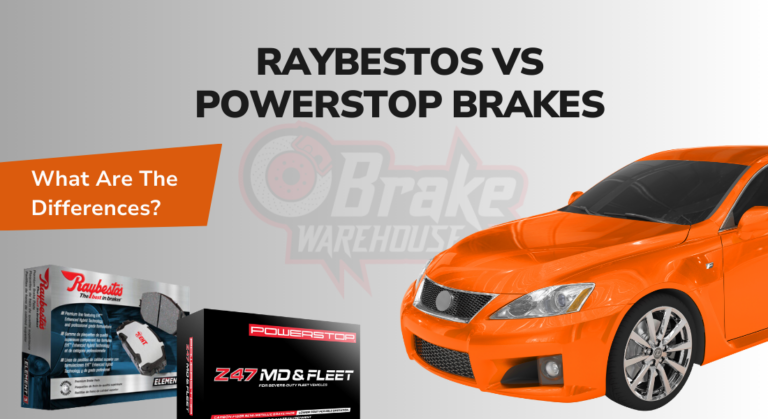Brake Dust Shield Noise – Why Does It Happens & How to Fix?
Scraping, squealing, or grinding noise is common when turning a corner or applying a brake. Generally, old vehicles are prone to this problem. However, such noise can be heard in the newer ones as well. Wondering why it happens?
When the brake dust shield fails to function correctly, you will hear a grinding or squealing noise. The unpleasant sound comes from the brake dust shield, ruining your mood in the car. Bent dust shields, loose rotors, and loose dust shields are the primary culprits, hampering brake dust shield performance.
Let’s explore brake dust shield noise – why and how to fix it.
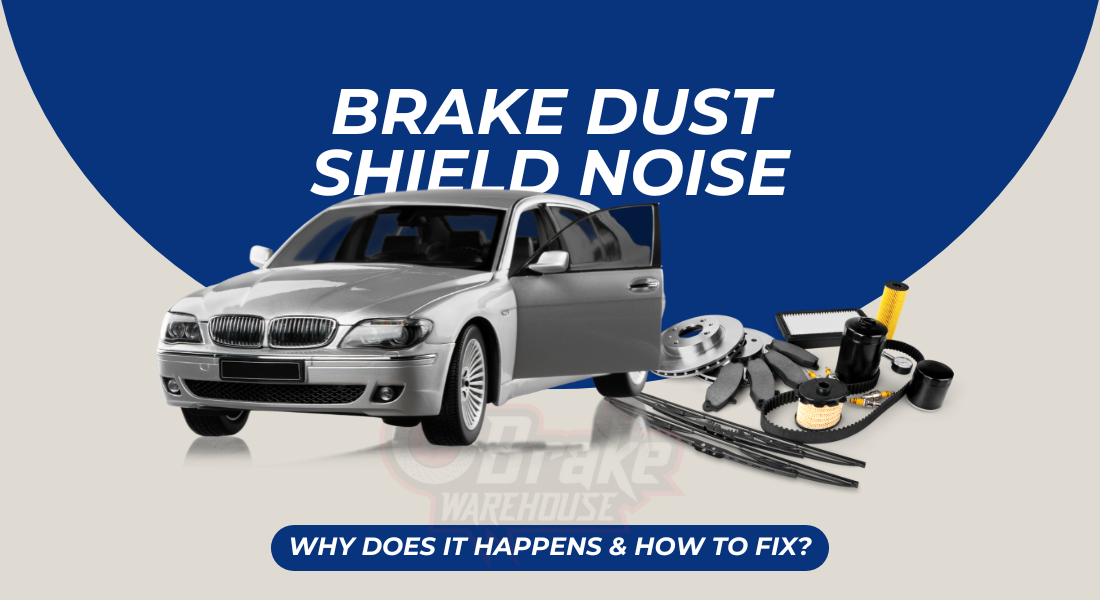
Why does Brake Dust Shield Noise Happen?
It’s crucial to understand that various factors can lead to this noise, such as a bent or loose brake dust shield, loose rotors, or debris in the braking system. Take the time to comprehend how each factor contributes to the noise and how to address them effectively.
1. Bent Dust Shield
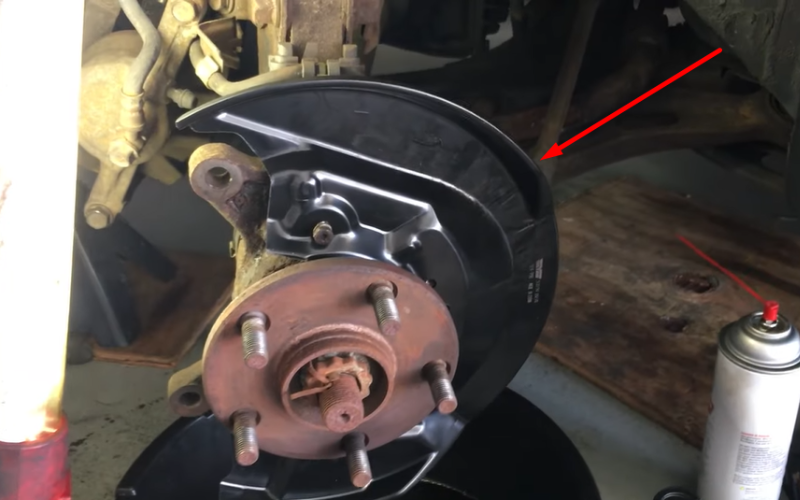
The sound comes from the brake dust shield, meaning the component is damaged. Then one question arises,
How does brake shield dust get damaged?
Bending is the prime cause of damaged brake shield dust. This part is made of fragile material. As a result, it can bend at times.
When the bent dust shield contacts the rotor, it makes a noise. The noise is specially generated when turning the vehicle or applying brakes.
Taking the bent dust shield to its original shape is the best solution. Ensure the dust shield does not contact the rotor every time you hit the brake pedal.
2. Rusted Dust Shield
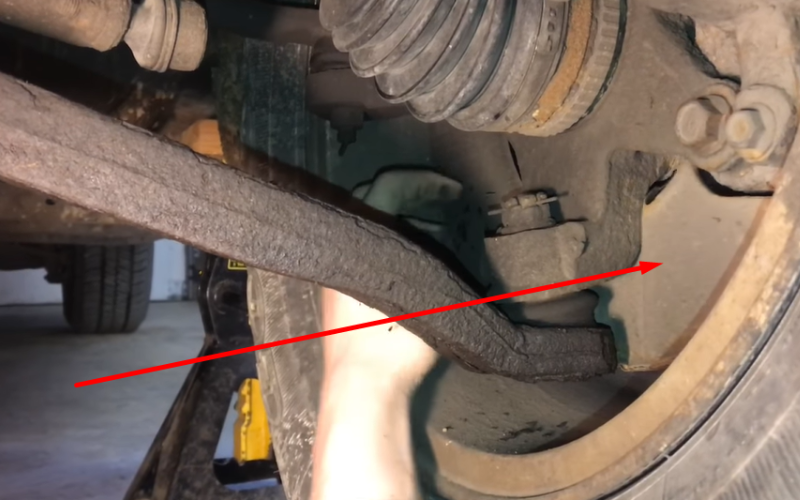
Rust builds up on the brake dust shield over time. As a result, the dust shield fails to perform efficiently. Rust develops easily if the dust shield is exposed to water now and then.
The dust shield peels off whenever you apply brakes due to the rust. Then, the peel-off metal contacts the rotor, creating an unusual squealing noise.
Making the brake dust rust-free is quite challenging. The rust will re-accumulate after a few days of cleaning. So, the best thing is to buy and install a new brake dust.
3. Loose Dust Shield
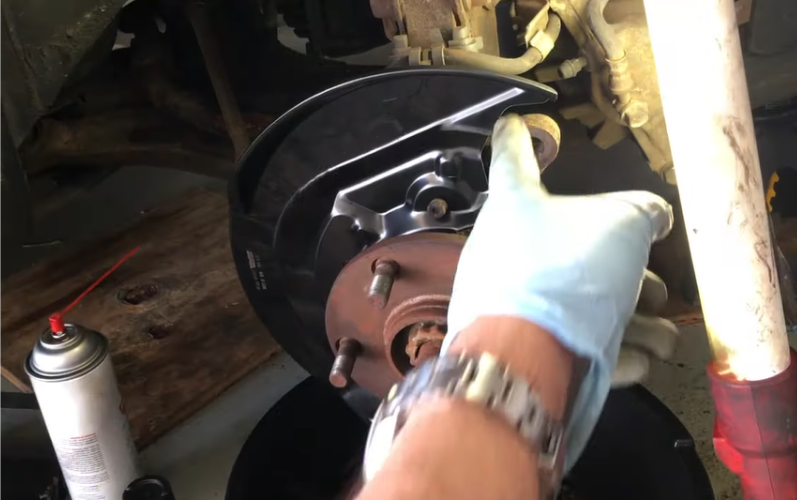
A loose dust shield can also cause noise and make the component faulty. A brake dust shield can be loosened over time if you frequently drive the car on rugged and rough terrain.
When the brake is applied, a loose dust shield contacts the rotors and other parts closer to it. Your vehicle will generate a grinding noise in such a situation. On the other hand, the sound will disappear once you release pressure from the brake pedal.
The solution to this issue is effortless.
All you need to do is locate the bolts to attach the brake dust shields to the car. Tighten them and check whether the noise is gone.
4. Loose Rotors
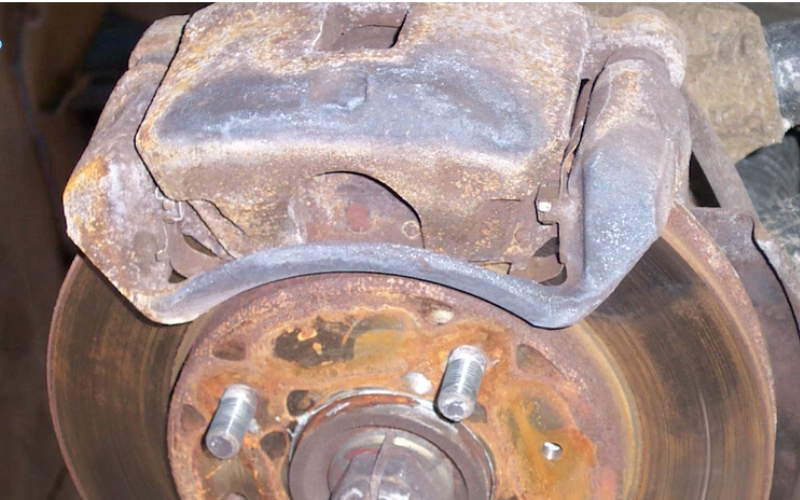
Rotors are one of the crucial components of a car, supplying energy to the wheels. Free and one-direction movement of rotors is a must for smooth driving.
However, the nuts or bolts that hold the rotors in position can become loose over time. Usually, it happens when you drive the car on harsh terrains.
Also, rotors can lose if you hit the brake pedal when driving at high speed. Old nuts are another culprit.
When the bolts are loose, the rotors will hit the brake dust shield once the brake pedal is pressed. Thus, a scraping noise will be produced.
A loose rotor is a scary situation; repairing it will cost a vast amount of money if the problem remains unattended.
So, whenever you hear a scraping noise, check the rotor’s bolt and ensure tightening them. Check your vehicle manufacturer’s manual to know the wheel removal process and identify the rotor’s position in the braking system.
Read Also: Brake Pad Rubbing On Rotor While Driving – How To Fix?
5. Mud or Rust on the Rotors
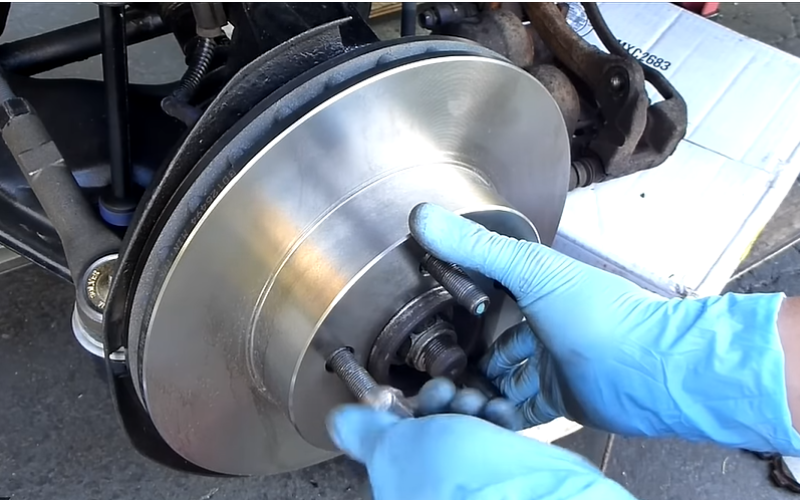
As stated, free movement of rotors is mandatory. However, rust accumulates easily when the rotors are exposed to water and moisture.
Additionally, mud can get into the rotors if you drive the car on muddy water or terrains.
Mud or rust reduces the space between the brake dust shield and rotors. This way, the rotors scrap the dust brake whenever you turn your car. Finally, you will hear a grinding sound coming from the braking system.
You won’t have to sweat solving the problem.
Get a metal and clean the mud or rust. Peeling off the mud will be easy. While rust will not go off quickly. If you find rust in the rotors after cleaning, install a new one.
6. Small Rocks Stuck Between the Rotors and Brake Dust Shield
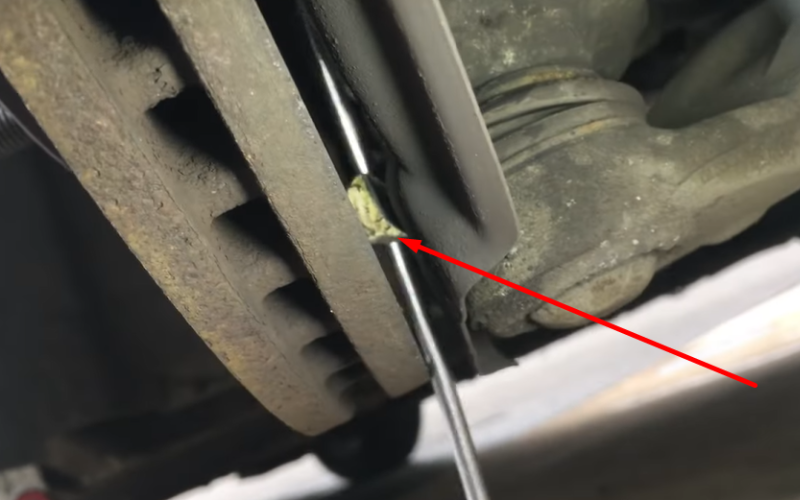
Do you frequently drive your car on gravel roads? Have you recently driven it on a rocky surface?
If yes, there are probably stuck rocks between the rotors and the brake dust shield. When the brake pad squeezes the rotors, the rock gets crushed, creating a screeching noise.
Locate which wheel is creating the sound. After identifying the wheel, uninstall the affected wheel. Then, disconnect the brake cables and remove the caliper. Finally, provide air pressure to remove the rock.
If it is big, air pressure might not be enough to remove the rock. At this point, use your hands to remove the rock. If not, call a mechanic to solve the problem.
Read Also: How To Free a Stuck Brake Caliper Piston?(11 Steps Guide)
7. Extended Brake Dust Shield
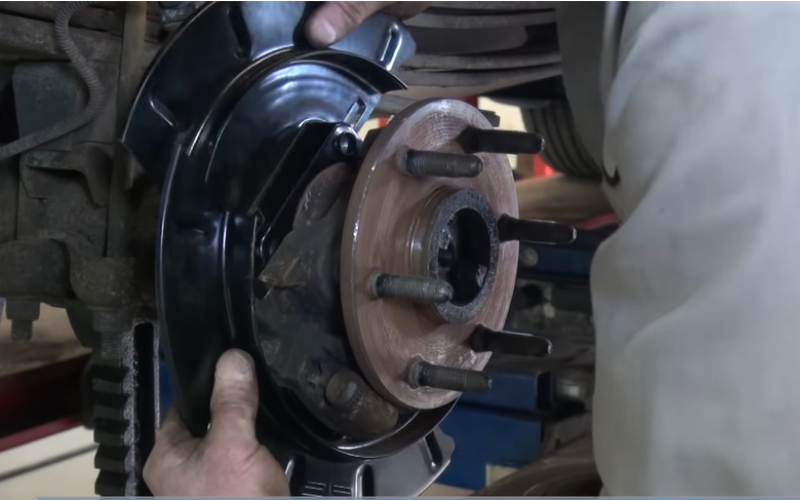
Extended brake dust shields are also responsible for the noise. The braking system generates substantial friction, leading to a significant heat build-up.
The brake shield is made of aluminum. Thus, when exposed to excessive heat, it expands faster and touches the rotor. It occurs mainly when you frequently apply brakes at high speed.
Make sure to clean the brake shield periodically. Such action confirms the easy flow of air throughout the braking system. As a result, the gap between the rotors and the shield always remains cool.
If you hear the unusual squealing noise after driving for extended miles, you better turn the engine off and let the can cool for some time. This will help you solve the unpleasant brake dust shield noise issue easily.
Read Also: What Causes Grinding Brakes Noise At Low Speed? – Fix Now
How to Fix Brake Dust Shield Noise?
The below step-by-step instructions will help you fix brake dust shield noise.
Step 01: Begin by raising your car to a sufficient height, allowing you to access the wheel.
Step 02: Once the car is elevated, remove the wheel from the area you intend to inspect. Set aside the nuts from the wheel.
Step 03: Carefully remove the brake caliper and set aside the nuts and bolts for later identification and reinstallation.
Step 04: Next, uninstall the brake rotor and place it aside.
Step 05: Raise your car slightly further to create a comfortable space to access the wheel area.
Step 06: Slide underneath the wheel area with a lamp to provide proper lighting for your inspection.
Step 07: Examine the inside of the brake dust shield for any signs of scraping. Look for fresh scrapes that appear smoother than the rest of the shield’s surface.
Step 08: To address scraping issues, use a flat-head screwdriver to gently push the brake dust shield away from the brake rotor.
Ensure providing enough clearance but avoid excessive space. Remember that the brake dust shield prevents water and debris from entering the space between the brake caliper and the rotor.
Step 09: Reinstall the brake rotor to check if the clearance between the brake dust shield and the brake rotor is sufficient.
Step 10: Reattach the brake calipers securely.
Step 11: Put the wheel back in place and lower your car.
Step 12: Finally, test your car to determine if the scraping noise has been eliminated.
Read Also: Scraping Noise When Braking – Why & What You Should Do?
FAQs
Can loose brake pads cause brake dust shield Noise?
Loose brake pads can indeed cause Noise from the brake dust shield. When brake pads are not properly secured, they may move around within the caliper, potentially making contact with the dust shield, leading to Noise due to friction and vibration. Proper pad installation is crucial to prevent this issue.
Can bad ball joints cause brake dust shield grinding Noise?
Bad ball joints can indirectly lead to brake dust shield grinding Noise. When ball joints are worn or damaged, they can affect wheel alignment, causing the brake rotor to contact the brake dust shield. This contact can produce a grinding noise, but the root cause is the ball joint’s impact on alignment.
Final Words
Brake dust shield noise can be frustrating. It may also create costly repairs. Nevertheless, by comprehending its leading causes, you can address it when you hear it with minimal or no expense involved.
The scraping sound originating from the wheel area during driving can have various causes, each demanding a distinct solution. Specific issues can be resolved through DIY methods, while others necessitate specialized tools not typically found in a residential garage.

Meet Zayan, the mechanical genius behind the highly acclaimed brakes problems and solutions website. With over a decade of hands-on experience in the automotive industry, Zayan has become a trusted authority in the realm of brake systems.
His passion for cars, coupled with his expertise in solving complex brake-related issues, has earned him a devoted following of car enthusiasts, mechanics, and everyday drivers seeking reliable guidance.
